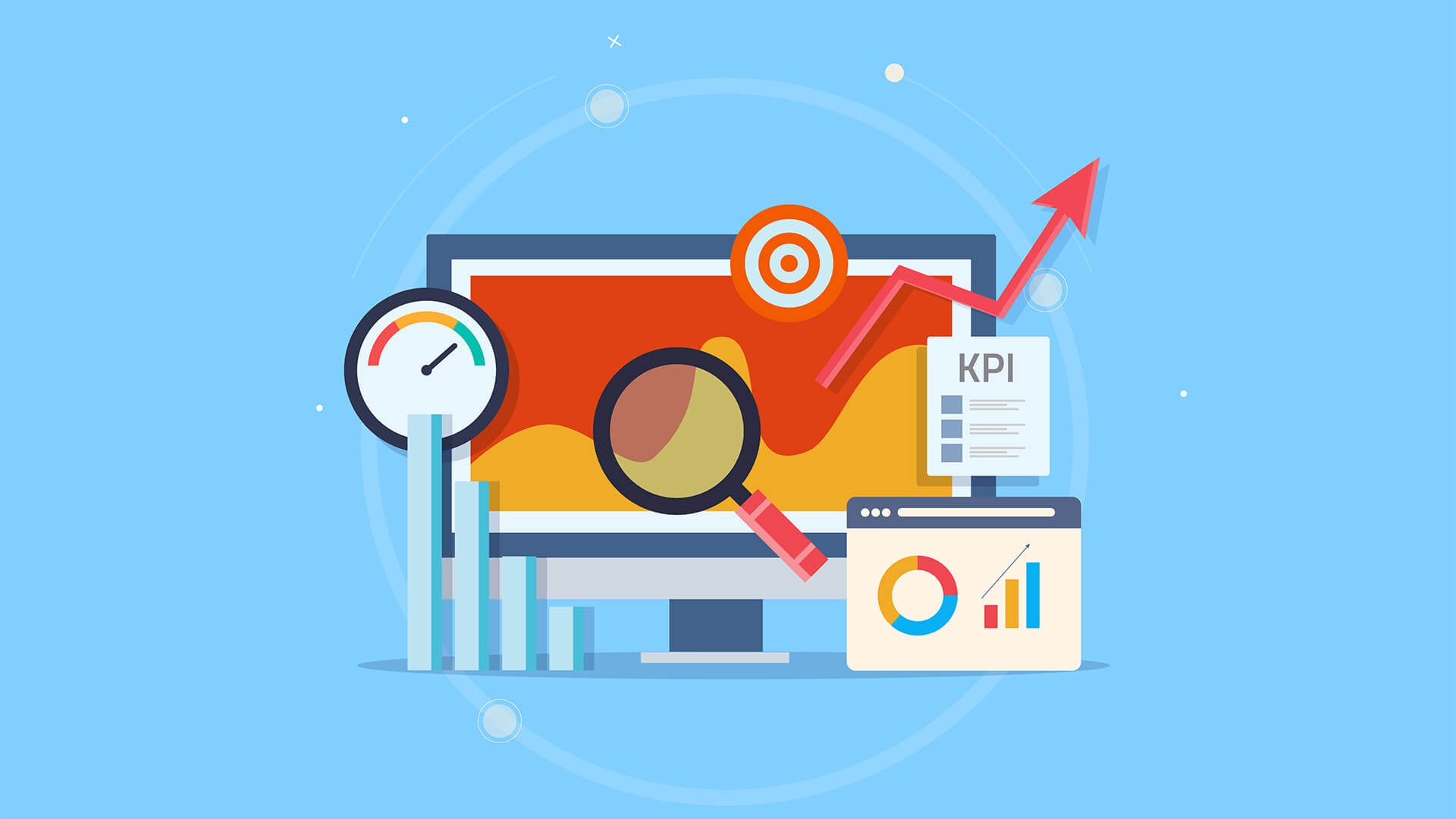
There are hundreds of financial metrics for assessing business performance. Every company has a different business model, operations, and goals. For instance, the financial metrics in the manufacturing industry may differ from those in the transport industry. Their core businesses are unique, even though opportunities for synergy may exist. Therefore, the metrics and key performance indicators (KPIs) used vary between entities and industries.
Furthermore, every department within an organization usually has its own set of metrics used to monitor its performance. These metrics help determine whether they are on track to achieve their goals or not. Management needs such information to make more informed decisions. Thus, the utility of KPIs.
Regardless of the metrics and KPIs used by different departments, there is usually overlap with the finance department. Financial metrics can give business owners an overview of the overall performance of the company by measuring its current financial health. You can check out this fractional CFO firm for more details.
That said, here’s a guide on which financial metrics and KPIs your company should monitor:
1. Asset Turnover Ratio
This refers to the ratio that measures how quickly a company converts assets into revenue. The higher the ratio, the better a company is at generating revenue. When benchmarking with the rest of the industry, you should establish whether you are above or below the industry average.
Service-based businesses are likely to have high asset turnover ratios because they have fewer assets. On the other hand, businesses in the retail and manufacturing industry may have more assets. So, a low asset turnover can be worthy of concern.
2. Inventory Turnover Ratio
This ratio measures how many times a business sells and restocks goods and inventory over a period, usually a year. A high ratio may indicate that sales are good, while lower ratios show that the business may be buying too much inventory or it’s not selling as much as it should.
3. Gross Profit Margin
The gross profit margin measures the efficiency of a business’s core operations. It’s usually expressed in percentage form because it’s easier to interpret performance that way. Companies calculate their gross profit by subtracting the cost of sales from the total net sales figure. Businesses use this metric to measure efficiency based on the business’s capacity to generate profits.
That said, what products and how much you sell can have a great bearing on the revenues your business can generate.
4. Operating Cashflow Ratio
Operating cash flow is defined as cash generated from operating activities. It measures the extent to which a business’s operating cash flows can pay off its short-term liabilities. In short, it measures liquidity.
A ratio above one shows that the business is liquid enough to pay off current liabilities.
5. Earnings Per Share Ratio
For most medium to large enterprises, this profitability metric is important. It measures the net profits generated from its shares. A higher ratio is desirable in the sense that it shows that the business is profitable. To the investor, this means that they stand a chance to receive more dividends.
6. Debt to Equity Ratio
A debt-to-equity ratio is considered a leverage KPI. This ratio provides insights into how effectively a company uses its debt. More so, it also signifies that a company uses a lot of debt to finance its activities as opposed to equity finance.
Usually, this is a red flag because to an investor it implies that such a business may be a risky investment. However, it isn’t always the case. Different industries may not focus their attention on it because not all debt is bad. If a company manages its debt well, it can generate more business from it. Also, debt has a lower cost of capital compared to equity financing.
Although, take note that some industries such as the banking and finance industry are expected to have high debt-to-equity ratios.
7. Quick Ratio
The quick ratio, also known as the acid-test ratio, measures a business’s ability to cover its short-term responsibilities by generating cash from assets.
While a higher ratio is more preferable to a lower one- since it shows that you can easily cover your current liabilities- it may also indicate that your business is not using enough resources to expand. Therefore, a quick ratio that is too high or too low is not good for business.
Conclusion
Financial metrics and KPIs exist to help businesses monitor their performance. This is good in the sense that managers can be guided whether they are under or over-performing.
Consider the mentioned metrics and KPIs above to monitor your business’s financial health and help your business propel forward.



















